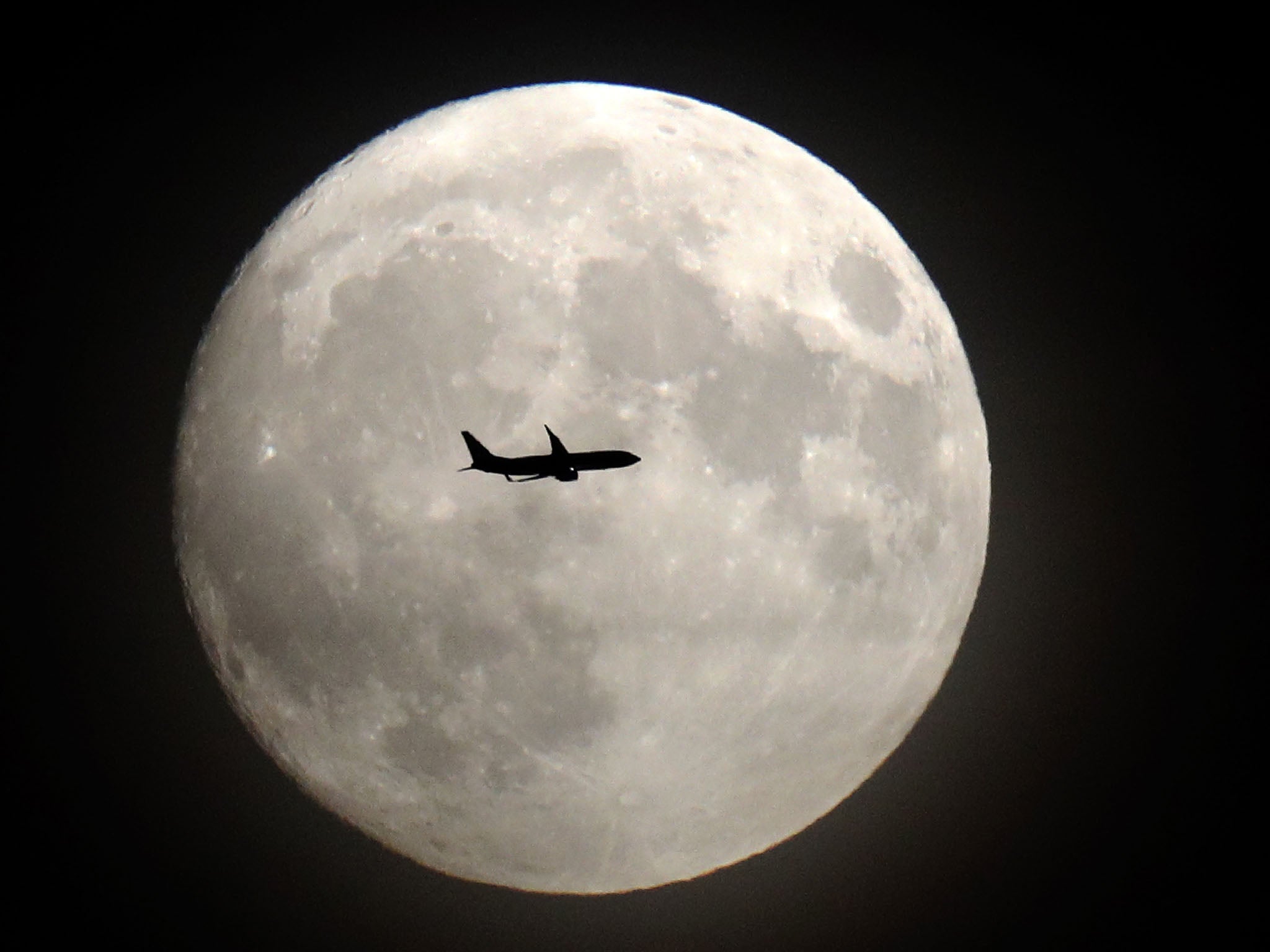Supermoon 2017: How to watch the 'brightest' lunar event of the year this evening
Natural phenomenon to happen for only time this year

Your support helps us to tell the story
From reproductive rights to climate change to Big Tech, The Independent is on the ground when the story is developing. Whether it's investigating the financials of Elon Musk's pro-Trump PAC or producing our latest documentary, 'The A Word', which shines a light on the American women fighting for reproductive rights, we know how important it is to parse out the facts from the messaging.
At such a critical moment in US history, we need reporters on the ground. Your donation allows us to keep sending journalists to speak to both sides of the story.
The Independent is trusted by Americans across the entire political spectrum. And unlike many other quality news outlets, we choose not to lock Americans out of our reporting and analysis with paywalls. We believe quality journalism should be available to everyone, paid for by those who can afford it.
Your support makes all the difference.A “supermoon” is set to put on a spectacular light show in the UK today.
The moon is expected to rise – and become full – at about 4pm.
In Edinburgh, it is expected to rise at around 4.15pm, while in London it should appear at 4.20pm.
It is the first and only supermoon of the year and because it coincides with a full moon, and is expected to appear bigger and brighter than usual.
It will not reach perigree, the point at which it comes closest to the Earth, until early Monday morning however.
The moon usually orbits around 238,000 miles away from Earth, but occasionally it gets much closer – and today, it will be just 222,135 miles away.
Its distance varies because the moon does not move around Earth in a perfect circle. Rather, it orbits in an elliptical shape, with our own planet’s movements around the Sun causing further variations.
The moon came even closer to our planet in May, passing by some 221,958 miles from earth, but because today’s event coincides with a full moon, the satellite will be at its brightest and fullest all year.
December’s full moon is traditionally known as the “Full Cold Moon”, for obvious reasons.
The Met Office’s UK forecast predicts “a few clear spells” throughout the evening, so stargazers will have plenty of opportunities to see the supermoon.
However, overnight and into Monday morning, the skies are expected to become more cloudy.
Last year, the moon made its closest approach to our planet since 1948 – and it will not be that close again until 25 November 2034.
For those who fail to catch today’s supermoon, two more are expected to light up UK skies in January – on the 2nd and 31st.
Join our commenting forum
Join thought-provoking conversations, follow other Independent readers and see their replies
Comments